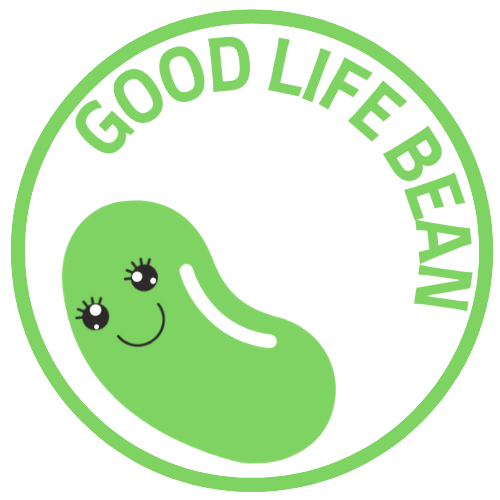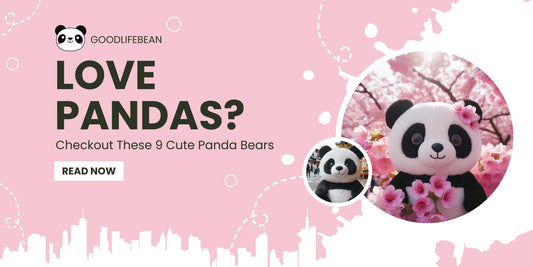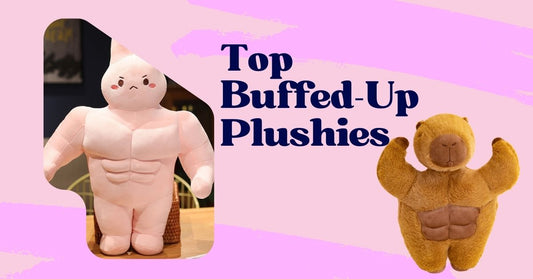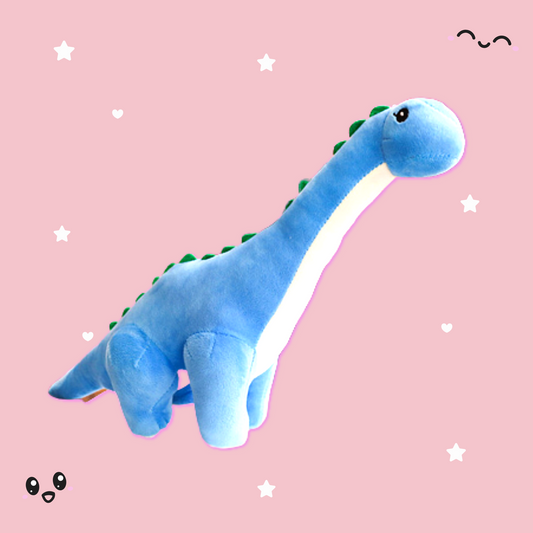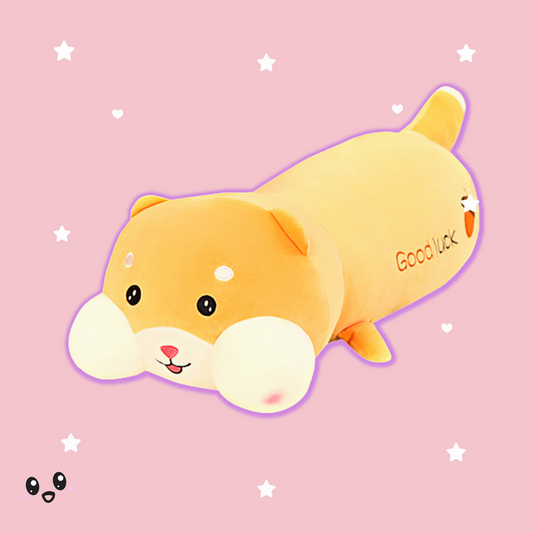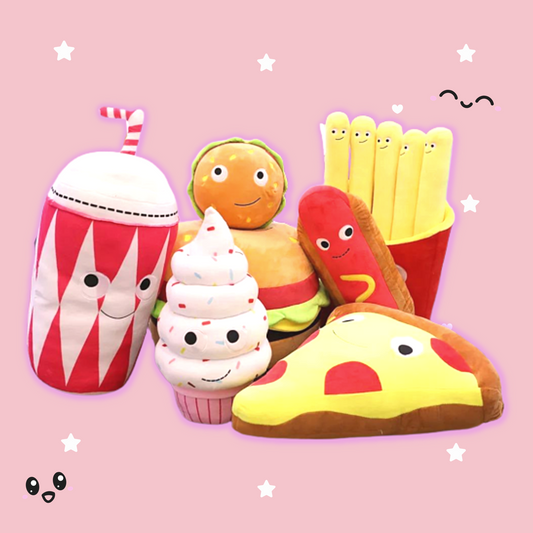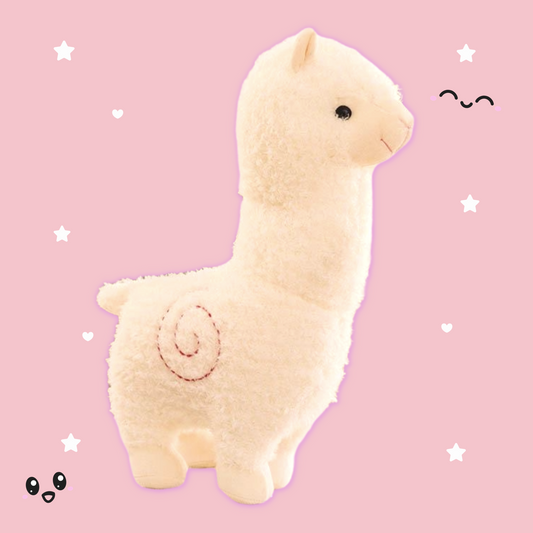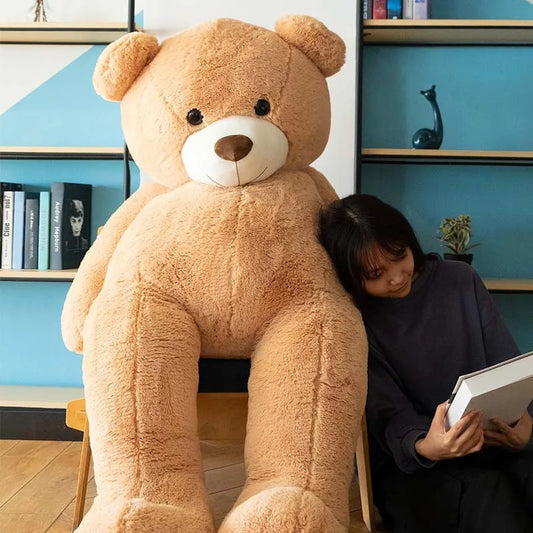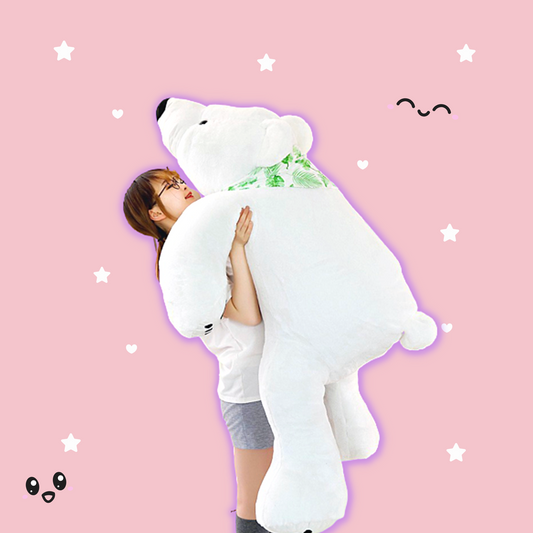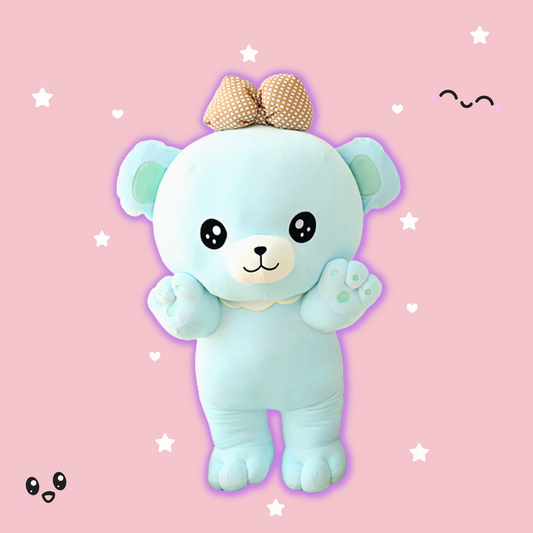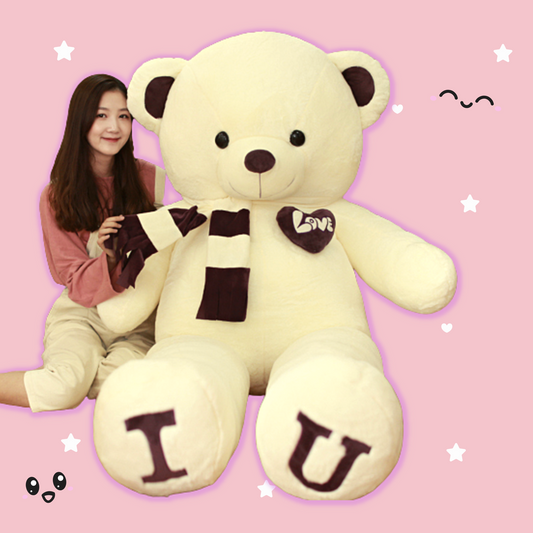Introduction
Stuffed animals have a magical way of making us feel safe, comforted, and loved. But have you ever wondered why hugging a plush toy can make you feel so good? The secret lies in a fascinating neurochemical called oxytocin. In this article, we'll delve into the oxytocin-stuffed animal connection and explore the psychological aspects that make these cuddly companions so irresistible. Read on to find the most asked questions like Why does hugging stuffed animals feel good? or Why do adults sleep with stuffed animals?
What is Stuffed Animal Therapy or Plush Therapy?
Stuffed animal therapy, also known as plush therapy, is a therapeutic practice that involves using soft and huggable plush toys to promote emotional well-being and reduce stress. This form of therapy capitalizes on the release of oxytocin, a hormone associated with bonding and social connection. By hugging or cuddling a stuffed animal, individuals can trigger the release of oxytocin in the brain, leading to feelings of comfort, security, and emotional warmth. Stuffed animal therapy is a tangible way to create a safe space and evoke positive emotions, offering a respite from the challenges of daily life.
The Oxytocin Connection: Hugging for Happiness
Oxytocin, often dubbed the "cuddle hormone" or "love hormone," is a neurotransmitter that plays a pivotal role in social bonding, trust, and emotional connection. The simple act of hugging a stuffed animal triggers the release of oxytocin in our brains, evoking feelings of warmth, comfort, and happiness. This neurochemical response fosters a sense of security and emotional intimacy, making us feel truly cherished.
Can you get oxytocin from a stuffed animal?
While you can't directly get oxytocin from a stuffed animal, the act of hugging one can trigger the release of oxytocin in your brain. Oxytocin, often referred to as the "love hormone" or "cuddle chemical," is a neurotransmitter that's associated with bonding, trust, and social connection. When you hug or cuddle a plushie, your brain releases oxytocin, which leads to feelings of warmth and comfort.
Why does hugging stuffed animals feel good?
Hugging stuffed animals feels good because it triggers a release of oxytocin in your brain. This hormone promotes feelings of relaxation, reduces stress and anxiety, and enhances your emotional well-being. The sensation of holding a soft, comforting plushie against your body can evoke a sense of security and soothe your nervous system, making you feel better almost instantly.
What is the Psychology of stuffed animals?
The psychology of stuffed animals is rooted in our innate need for comfort and attachment. Plush toys often act as transitional objects that bridge the gap between childhood and adulthood. They represent a sense of security, innocence, and nostalgia, reminding us of simpler times. Psychologically, stuffed animals provide emotional support, reduce feelings of loneliness, and serve as non-judgmental companions in both challenging and joyful moments.
Why do adults sleep with stuffed animals?
Many adults sleep with stuffed animals for various psychological reasons. These cuddly companions can offer comfort during times of stress or loneliness, making the sleeping environment feel cozier and more secure. Stuffed animals can also serve as a link to fond childhood memories and act as a source of emotional support, especially for those who find solace in their presence.
FAQs:
Q What are the benefits of stuffed animal therapy?
A. Stuffed animal therapy offers various benefits, such as reducing stress and anxiety, enhancing mood, and providing emotional support. It can also help create a sense of security and alleviate feelings of loneliness.
Q. Is Stuffed animal therapy effective for adults as well as children?
A. Absolutely! Stuffed animal therapy transcends age barriers. Adults can benefit just as much from the emotional comfort provided by hugging a stuffed animal. Many adults find solace, relaxation, and a sense of nostalgia in this practice.
5. Can Stuffed animal therapy be a substitute for professional therapy?
Stuffed animal therapy can be a valuable complement to professional therapy, but it's not a substitute for it. While hugging a stuffed animal can provide comfort, it's important to seek professional help when dealing with more complex emotional challenges.
6. How can I incorporate Stuffed animal therapy into my routine?
Incorporating Stuffed animal therapy is simple. Keep a favorite stuffed animal nearby and take a few moments each day to hug or cuddle it. Creating a cozy, safe space with your plushie can make the experience even more soothing.
Conclusion
Plushie therapy goes beyond mere nostalgia or childhood habits; it's a scientifically backed practice that nurtures our emotional well-being. The oxytocin effect, triggered by the simple act of hugging a stuffed animal, can provide a gentle respite from the demands of everyday life. So, the next time you find yourself in need of comfort or a moment of tranquility, consider reaching for your favorite plushie and embracing the therapeutic warmth it offers.
